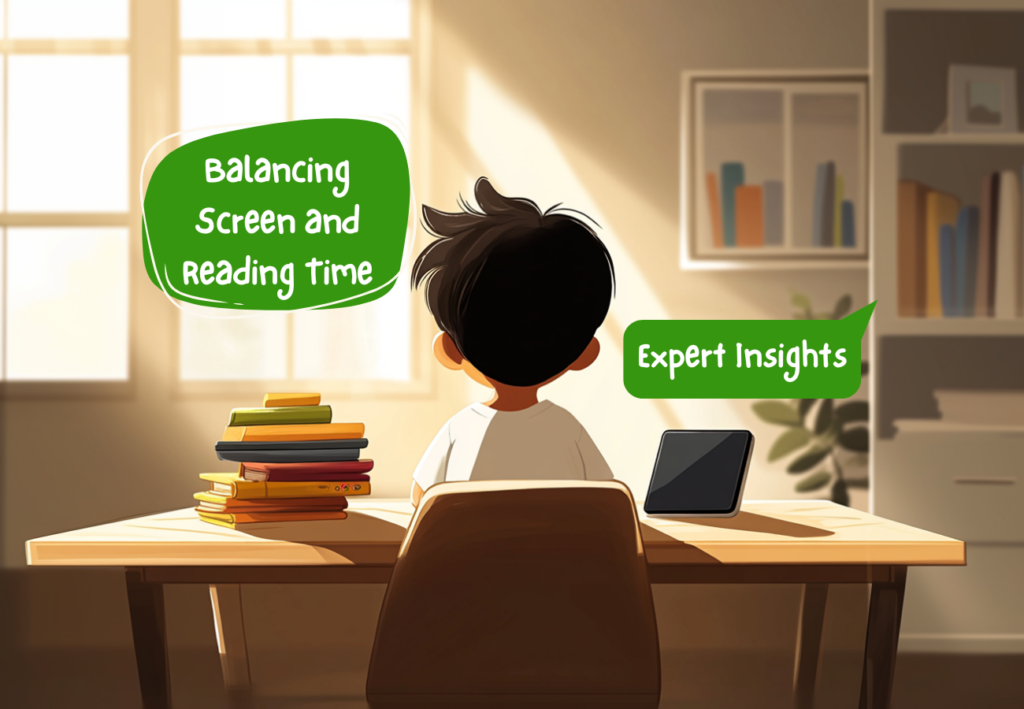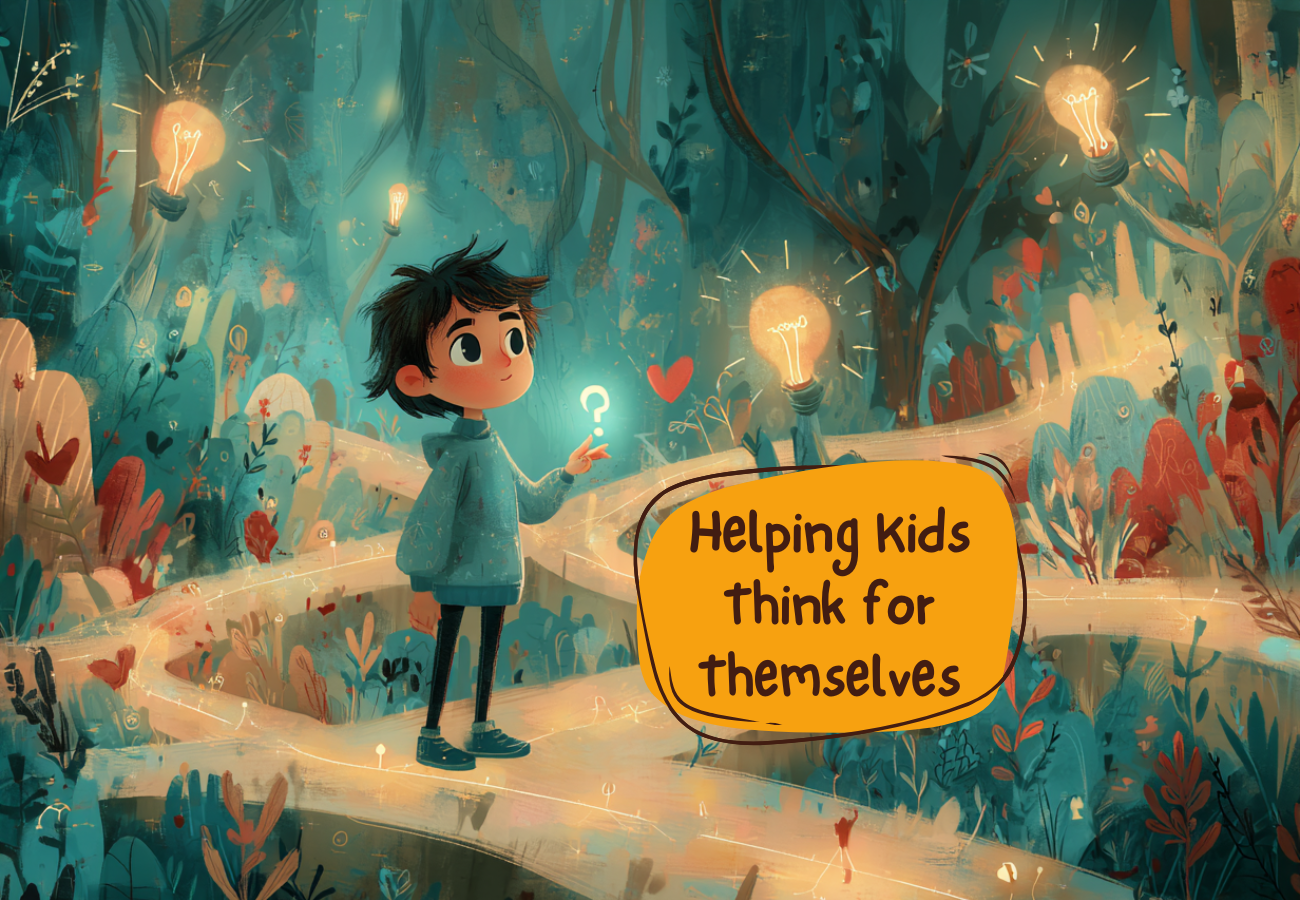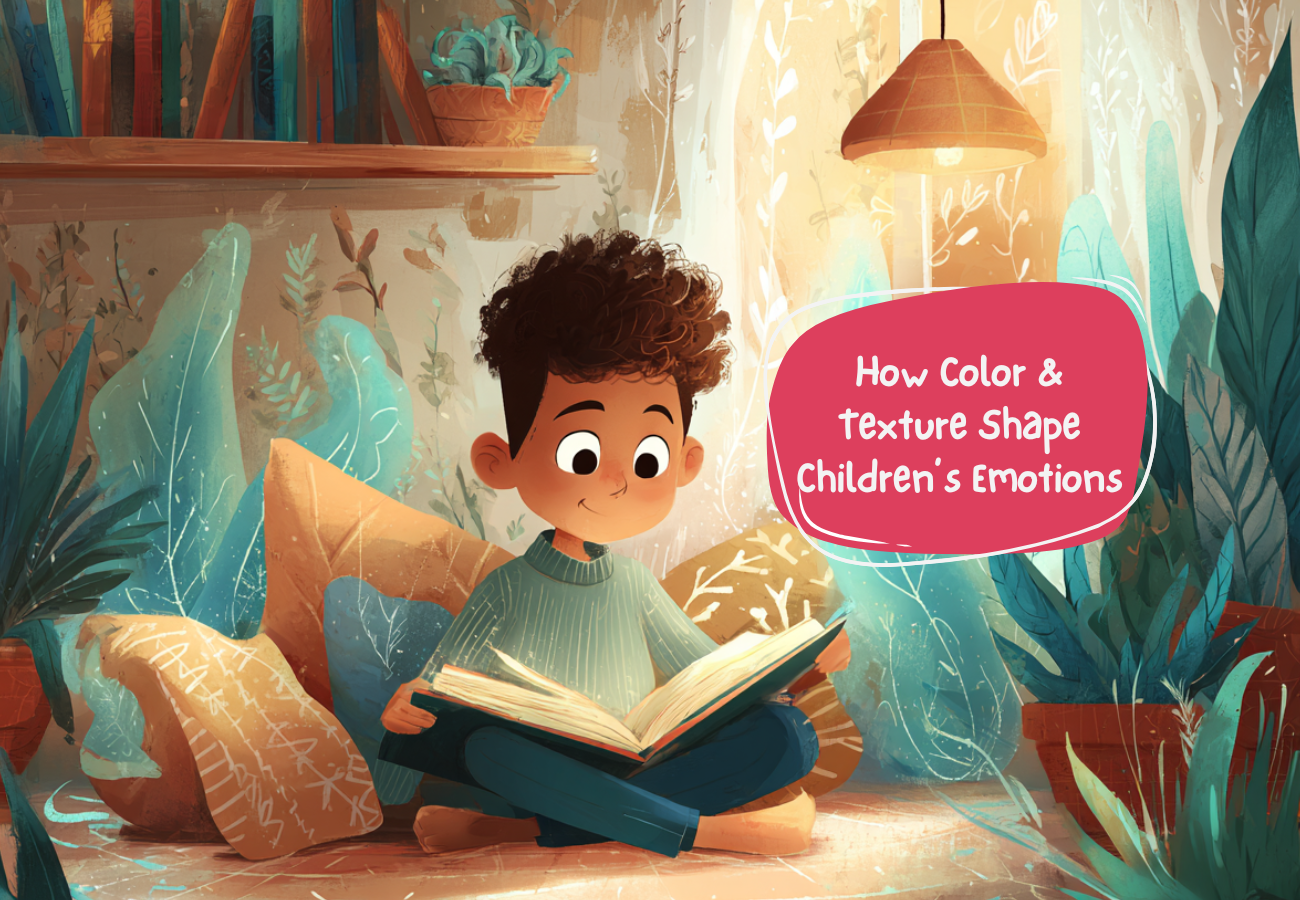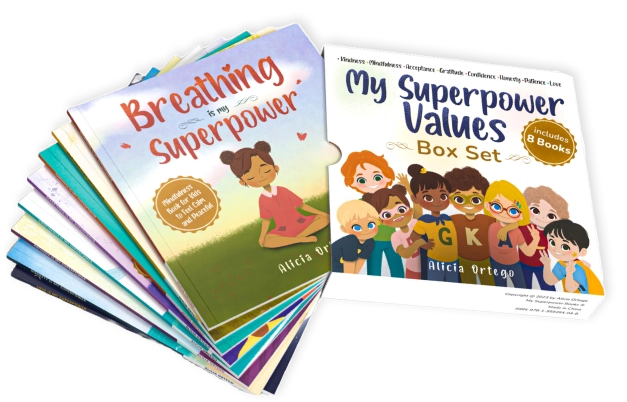Balancing Screen Time and Reading Time for Kids: Expert Insights

In this article, we reached out to two professionals to get valuable advice for parents on balancing screen time and reading time for children. Here’s what they had to say.
Advice from Dr. Claudia M. Gold, Pediatrician and Early Childhood Development Specialist
We asked Claudia M. Gold, MD, Pediatrician and Early Relational Health Specialist, to share her insights on how much screen time is appropriate for children. Dr. Gold emphasizes reframing the question. Instead of focusing on limiting screen time, she encourages us to consider what children and caregivers might be missing out on when they spend too much time on screens.
“Actions are more effective than prohibitions,” says Dr. Gold. She highlights the importance of creating opportunities for face-to-face interactions, which build trust, connection, and emotional regulation.

What Are the Negative Effects of Too Much Screen Time on Children’s Mental Health?
Dr. Gold explains that a child’s ability to regulate emotions and behavior develops through moment-by-moment interactions with caregivers and their social world. Excessive screen time can displace these critical interactions, potentially leading to difficulties in forming a positive sense of self and maintaining close relationships.
She also points out the societal challenges caregivers face, such as exhaustion, stress, and deeper issues like poverty, discrimination, or personal trauma. In such situations, screens can become an easy escape for both parents and children, but over-reliance on them may exacerbate emotional and psychological imbalances.
What Strategies Do You Recommend to Limit or Reduce Screen Time for Children?
Rather than enforcing strict limits, Dr. Gold suggests focusing on promoting non-screen activities. She advocates for caregivers to “enforce non-screen time” by prioritizing shared activities and live experiences.
For example, “A simple thing like going for a walk around the block with a caregiver or friend can offer a healthy dose of physical and emotional regulation,” Dr. Gold advises. Similarly, taking short breaks from screens to read a book or engage in imaginative play can have a balancing effect, even if the activity lasts just 5-10 minutes.
How Does Screen Time Impact the Emotional and Psychological Development of Children?
Dr. Gold underscores that the full presence of a caregiver, even for short periods, positively influences a child’s self-regulation. She warns that long periods of physical presence without emotional engagement, such as when caregivers are distracted by other demands, are less beneficial.
“Rather than saying ‘no’ to screens, say ‘yes’ to live experience and interaction,” Dr. Gold recommends. This positive approach encourages meaningful connections and helps mitigate the potential negative effects of screen time.
Conclusion
Dr. Claudia M. Gold’s insights provide a refreshing perspective on managing children’s screen time. Instead of focusing solely on restrictions, she emphasizes the importance of fostering non-screen activities that nurture emotional growth and social connection. By saying “yes” to meaningful experiences, caregivers can create a balanced approach that supports children’s development.
For more insights from Dr. Gold, visit her website or check out her 5th book Getting to Know You: Lessons in Early Relational Health from Infants and Caregivers will be released in March 2025.
Advice from Dr. Yos Priestley, Optometrist
We also spoke with Dr. Yos Priestley, Optometrist, about the effects of blue light exposure and ways to reduce its impact.
Why is blue light harmful to the eyes, and how can we reduce its impact?
“Blue light exposure from devices can disrupt the circadian rhythm (our natural wake/sleep cycle). When we expose our eyes to artificial blue light in the evening—particularly 1–2 hours before bed—it can confuse our internal clock and disrupt the body’s natural cues to wind down for sleep. This may result in delayed or interrupted sleep patterns. To mitigate this, I often advise my patients to use blue light-blocking glasses or switch their devices to night mode, which reduces the blue light emitted by screens, particularly during the critical two hours before bedtime”
What are the symptoms of eye strain in children?
Dr. Priestley highlights the symptoms to watch for: “The symptoms that raise red flags for me include red eyes or eyelid margins, frequent eye rubbing, watery eyes, headaches, and complaints of blurry or fluctuating vision. When I hear these symptoms, my next question is usually whether they occur during or shortly after screen use, as this pattern can strongly suggest eye strain”.

At what age is it safe to introduce children to gadgets, and how can parents do so gradually to avoid harming their eyesight?
Dr. Priestley refers to the American Academy of Pediatrics (AAP) guidelines: “This is such a great question! The American Academy of Pediatrics (AAP) has clear guidelines on this. They recommend no screens or devices for children under 18 months, except for video chatting. Between 18–24 months, parents can begin introducing high-quality programs, but these should be co-viewed with an adult to ensure interaction and engagement in real space. For instance, watching Ms. Rachel (a household favorite here!) and singing along or helping your toddler complete the hand motions to a song are great examples.
From ages 2–5, the AAP recommends limiting screen time to one hour per day of high-quality programming. Beyond age 5, it’s essential to set consistent boundaries to ensure screen use doesn’t interfere with sleep, physical activity, or other healthy habits”.
What trends have you observed in your practice recently? Have complaints about children’s vision deterioration increased?
Dr. Priestley noted significant changes during the COVID pandemic: “Screen time for children (and adults) increased dramatically due to virtual learning and other at-home activities, leading to a surge in complaints related to eye strain. We also observed what we called “COVID myopia,” where the progression of nearsightedness in children accelerated notably during 2020–2022.
She attributes this to increased screen use and decreased outdoor activities, both known contributors to myopia progression.
What advice would you give to parents seeking to balance gadgets and books in their children’s lives?
Dr. Priestley emphasizes moderation and boundaries: “Starting with the AAP guidelines is a great foundation. I often encourage parents to delay introducing gadgets for as long as possible because once they’re in the mix, they can quickly dominate. Establishing time limits and promoting other activities, like reading or playing outdoors, can create a healthy balance”.
What are the best conditions for reading books to ensure it promotes a child’s development without negatively affecting their eyesight?
“II never recommend limiting book reading — it’s such a wonderful habit to nurture! However, we do discuss healthy reading practices:
- Proper distance: Hold books or devices about a forearm’s length from your nose. An easy way to measure this is by making a fist, placing your knuckles at the tip of your nose, and ensuring the reading material is at your elbow.
- Take breaks: For younger children, I recommend the classic 20/20 rule — take a 20-second break every 20 minutes. For older children who read for longer stretches, recent studies suggest that a 5-minute break each hour is even more effective. During breaks, kids should look at something far away (like across the room or out a window) and blink to refresh their eyes.
- Good lighting: Ensure proper lighting while reading. Avoid reading in dim light or with a nightlight past bedtime. A task lamp, book light, or well-lit room works best. For reading on devices, adjust the screen brightness to match the room’s lighting—no bright screens in dark rooms or dim screens in bright rooms.
Finally, I’m a big fan of reading outdoors—it’s a win-win for vision health and enjoying fresh air!”
Conclusion
Dr. Claudia M. Gold’s and Dr. Yos Priestley’s insights provide a balanced approach to managing screen time and fostering healthy habits. Instead of focusing solely on restrictions, they emphasize fostering non-screen activities, encouraging meaningful connections, and maintaining eye health. By saying “yes” to live experiences and adopting healthy screen habits, caregivers can create a balanced approach that supports children’s development.
For more insights from Dr. Yos Priestley, who brings over a decade of experience at Duke and has recently opened her own pediatric eye clinic, Bright Eyes Needham, in Needham, MA, visit her links to social media and website to stay connected and learn more about her work.
By following these expert recommendations, parents can help ensure their children Balancing screen time and reading for children while promoting healthy habits and development.
Recommendations
Today’s children grow up in a world where technology is an integral part of their daily lives. As highlighted by the experts, it is crucial not only to monitor screen time but also to actively encourage alternative activities that support emotional, psychological, and physical development.
Dr. Claudia Gold emphasizes the importance of face-to-face interactions and shared activities to help children build emotional resilience and social skills. Meanwhile, Dr. Yos Priestley highlights the potential risks of excessive screen use on eye health and provides practical tips for protecting vision and promoting healthy reading habits.
Key Recommendations for Parents on Balancing Screen Time and Reading Time for Children:
- Prioritize Face-to-Face Interaction: Dr. Claudia M. Gold recommends that parents focus on fostering real-life connections, which promote emotional regulation and social skills. Instead of merely limiting screen time, encourage activities that nurture trust and connection, such as walking, playing, or reading together.
- Promote Non-Screen Activities: Encourage caregivers to “enforce non-screen time” by prioritizing shared experiences. Even simple activities like a short walk or a few minutes of imaginative play can create a healthy balance.
- Mindful Screen Time: Dr. Yos Priestley advises setting clear boundaries on screen use, particularly limiting screen time for younger children. Follow the American Academy of Pediatrics guidelines and gradually introduce gadgets while ensuring they do not dominate the child’s routine.
- Healthy Reading Habits: Ensure that children maintain proper reading distance (about an arm’s length), take breaks (20/20 rule), and read in well-lit areas. Dr. Priestley emphasizes outdoor reading as a way to combine vision health with fresh air and outdoor activity.
- Balance Screen Time with Outdoor Activities: Dr. Priestley suggests that spending time outdoors can help reduce the impact of screen time, which is linked to increased cases of nearsightedness during the pandemic. Encourage outdoor play to counteract the negative effects of prolonged screen exposure.
- Eye Health Protection: For managing screen exposure, Dr. Priestley recommends using blue light-blocking glasses or enabling night mode on devices, especially during evening hours, to prevent disruption to the sleep cycle and minimize eye strain.
- Foster Emotional and Social Development: Dr. Gold emphasizes the importance of engaging children in meaningful, screen-free activities that foster emotional growth, instead of focusing solely on restricting technology use.
By balancing screen time with enriching, real-life activities, parents can support their children’s emotional, psychological, and physical development while safeguarding their eye health.
Final Thoughts
This article aims to guide parents in balancing screen time and reading, ensuring their children’s overall well-being and development. Instead of focusing solely on restrictions, we encourage parents to offer engaging alternatives like outdoor play, reading, and imaginative activities.
Remember, the key to healthy development lies in balance and leading by example. Let your efforts create a foundation for positive habits, helping children grow into healthy, happy, and curious individuals.
More articles

50+ Christmas Riddles for Kids (With Answers!)
Fun, Easy & Printable Holiday Brain Teasers Are you looking for Christmas riddles for kids that are fun, silly, and totally holiday-approved? You’re in the right place!This collection includes funny Christmas riddles for kids, classic Christmas brain teasers, and a big list of Christmas riddles for kids with answers—perfect for teachers, parents, and holiday party […]

Helping Kids Think for Themselves — Gently and Without Pressure
Independent thinking is the ability to look at a situation, ask questions, form opinions, and make choices with confidence. Kids who think for themselves tend to feel steadier in their daily lives. They trust their thoughts and can speak up even if others see things differently. Parents and teachers often want this skill for kids, […]

The Impact of Color and Texture on Children’s Emotions, Behavior, and Learning
Children don’t just see their environment — they absorb it. Every color, every texture, and every visual detail around them quietly shapes the way they focus, relax, behave, and even understand their own emotions. While adults often adapt to a space automatically, children respond to it instantly and instinctively. That’s why creating a supportive environment […]



